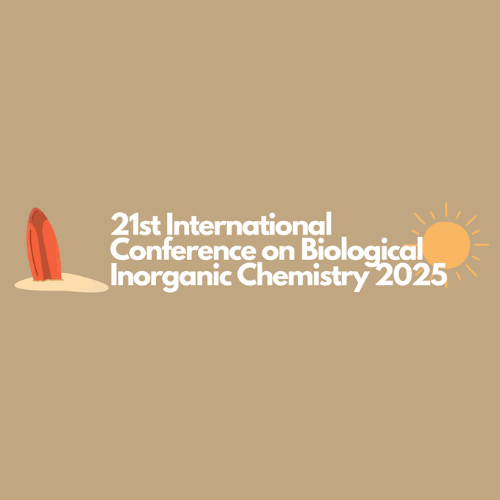Designing energetic pathways in metalloporphyrin binding peptide assemblies. (#186)
Energetic pathways in multi-heme cytochrome proteins of anaerobic bacteria have inspired the development of synthetic peptide analogs. The design of one-dimensional peptide assemblies capable of binding metalloporphyrin cofactors was achieved over a decade ago. Through non-covalent interactions, the metalloporphyrin rich assemblies demonstrate unique properties that are dependent on the concentration of the introduced cofactors. Some of these properties are catalytic efficiency and exciton transport. One energetic pathway that has remained difficult to reproduce is electronic conductivity. Here, the efforts taken to explore electronic conductivity will be presented along with considerations towards establishing a materials fabrication protocol. In addition, our efforts with respect to employing machine learning methodologies to predict novel sequences that both self-assemble and bind heme as well as the development of an experimental database of > 240 peptides will be reported.
 ICBIC 2025
ICBIC 2025 